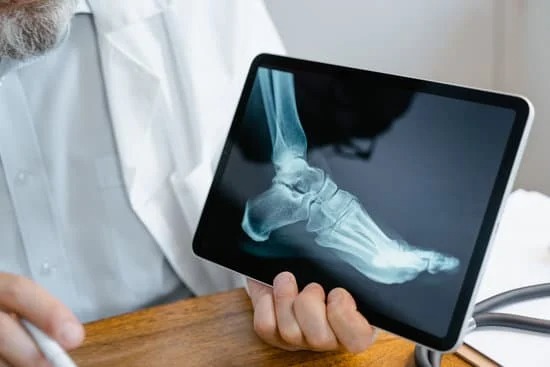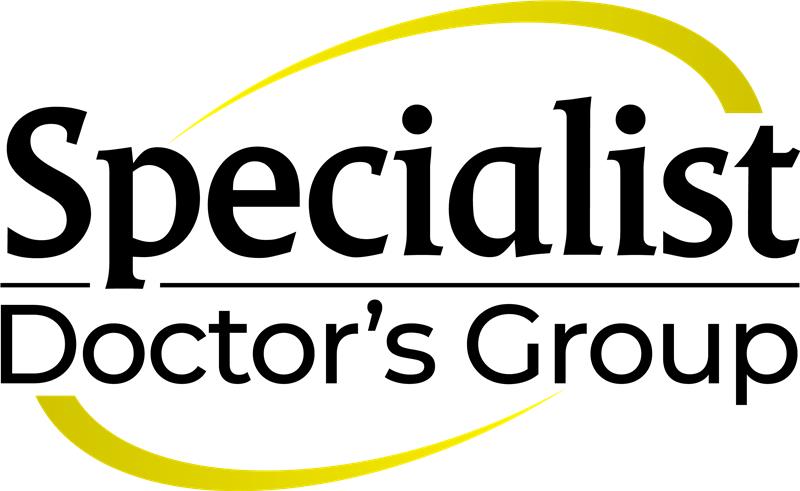The Role of X-Ray in Fast and Accurate Diagnosis
Accurate diagnosis is the foundation of effective treatment, and medical imaging plays a crucial part in that process. One of the most trusted and widely used diagnostic tools is the X-ray, known for its ability to provide quick, detailed images of bones, joints, and internal organs. Whether it’s identifying fractures, monitoring infections, or detecting abnormalities, an X-ray offers doctors immediate insights that guide treatment decisions. Its speed and clarity make it essential in emergency settings, routine checkups, and ongoing care, ensuring patients receive the right diagnosis without delay.
How X-Ray Enhances Diagnostic Speed in Clinical Settings
In busy medical environments, time is often of the essence. The ability to quickly determine the root cause of a patient’s symptoms can make all the difference in their treatment and recovery. X-ray technology is an essential tool that helps healthcare professionals deliver fast diagnoses. Its rapid imaging capability allows doctors to see inside the body in just minutes, making it especially useful during emergencies when immediate decisions are critical. Whether evaluating trauma, respiratory issues, or abdominal pain, the X-ray provides valuable insight that saves time and potentially lives.
Clinics and hospitals rely on this imaging method to streamline patient care. By reducing the time spent waiting for results, it helps minimize delays in treatment plans. This efficiency also improves patient outcomes and satisfaction. As a result, the X-ray remains one of the most dependable tools in a fast-paced healthcare system.
Common Health Issues Detected by X-Ray Imaging
X-ray imaging is widely used because it can detect a broad range of health concerns with precision. From bone fractures and dislocations to infections and tumors, it offers a clear view of conditions that are otherwise invisible. It is especially helpful in identifying lung problems such as pneumonia or tuberculosis and is often the first step in evaluating chest pain or breathing difficulties. Dental professionals also use X-rays to find cavities, impacted teeth, or jawbone issues, making it a versatile tool in many specialties.
This imaging technology also plays a significant role in detecting digestive tract problems like blockages or swallowed objects. It can help assess joint damage in arthritis or show complications from injuries. Its ability to identify so many conditions quickly is why it remains a core component of diagnostic care. For patients, this means more accurate answers and a faster path toward proper treatment.

Why X-Ray Is a Trusted Tool in Emergency Rooms
Emergency departments often handle critical situations where time and clarity are everything. The X-ray is one of the first tools used when someone comes in with an injury, pain, or unknown internal issue. Its ability to deliver instant results allows doctors to assess trauma, fractures, or internal bleeding without delay. This quick response helps prioritize treatment, especially when every second counts. It’s not just about speed—it’s about making the right call when lives are at stake.
Because of its non-invasive nature and minimal prep time, the X-ray is ideal for emergency use. Patients in pain or distress can be imaged quickly without needing sedation or extensive procedures. From vehicle accidents to falls, or even unexplained chest pain, this tool remains a cornerstone in emergency diagnostics. Its reliability and speed make it indispensable in high-pressure situations.
How Medical Professionals Use X-Ray for Follow-Up Care
An X-ray is not only useful for initial diagnosis—it also plays a vital role in follow-up care. After an injury, surgery, or the start of a new treatment, doctors often use X-ray images to monitor healing and progress. This helps them determine if bones are aligning properly, if infections are clearing up, or if a medical device is positioned correctly. These follow-ups ensure treatments are working as expected and allow early detection of any complications.
Patients with chronic conditions such as arthritis or lung disease also benefit from periodic X-rays. These images offer a clear timeline of changes and help in making informed decisions about medication adjustments or additional procedures. By continuously tracking internal health with this reliable method, healthcare providers can deliver more personalized and accurate long-term care plans.
X-Ray in Pediatric and Family Healthcare
When it comes to caring for children and families, safety and comfort are top priorities. X-ray imaging supports pediatric care by providing a fast and gentle way to evaluate everything from broken bones to respiratory conditions. Children often have trouble expressing symptoms clearly, and this tool helps doctors identify issues quickly without the need for invasive tests. Its quick process means less discomfort and stress for young patients and parents alike.
Family clinics also rely on X-rays to diagnose and manage health conditions for all age groups. Whether it’s checking for developmental concerns in growing children or assessing bone density in older adults, the imaging process is safe and informative. With modern equipment designed to minimize radiation exposure, X-rays remain a trusted and valuable tool in family-centered medical care.
Safety and Technological Advances in X-Ray Imaging
Over the years, X-ray imaging has advanced significantly, making it safer and more accurate than ever. Modern equipment uses much lower doses of radiation while still producing high-quality images. This is especially important for patients who need multiple scans or are more sensitive to radiation, such as children and pregnant women. Protective shields and digital technology also help reduce exposure without sacrificing clarity or detail.
Beyond safety, advancements in X-ray technology have led to clearer images, faster results, and improved storage of patient records. Digital systems now allow for easy sharing of results with specialists, streamlining care coordination. These improvements mean better experiences for patients and more precise information for doctors. As technology continues to evolve, X-ray remains at the forefront of safe, efficient medical imaging.

Benefits of On-Site X-Ray Services in Clinics
Having access to on-site X-ray services offers significant advantages for both patients and medical providers. When imaging is available in the same location as the initial consultation, it eliminates the need for travel and reduces waiting time for results. Patients can receive a diagnosis and begin treatment during the same visit, which leads to better care and greater satisfaction. This convenience is especially valuable for urgent needs and follow-up care.
Clinics with on-site imaging are also better equipped to handle unexpected concerns during checkups or physicals. If a doctor finds something unusual, they can immediately order an X-ray without scheduling delays. This streamlined process improves communication between staff and ensures that patients feel supported from start to finish. On-site X-ray availability is a sign of a modern, patient-focused medical facility.
The Role of X-Ray in Preventing Misdiagnosis
Accuracy is crucial in healthcare, and misdiagnosis can lead to delayed treatments or unnecessary procedures. X-ray imaging significantly reduces these risks by giving healthcare professionals a clear view of what’s happening inside the body. With detailed visuals of bones, organs, and tissues, doctors can confirm their clinical observations and avoid assumptions. This is especially helpful in distinguishing between conditions with similar symptoms, such as muscle strain versus a fracture.
By using X-rays as part of the diagnostic process, medical teams improve their ability to choose the right treatment from the beginning. It also helps avoid trial-and-error approaches, reducing stress and uncertainty for patients. Whether evaluating a minor injury or a more serious concern, this tool strengthens decision-making and promotes confidence in the care being provided.
Conclusion
Fast and accurate diagnostics are essential for effective treatment, and X-ray imaging continues to play a vital role in modern healthcare. Whether you’re dealing with an unexpected injury, chronic discomfort, or need routine follow-up, having quick access to imaging can make all the difference.
At Specialist Doctors Group in Plant City, FL, we’re committed to delivering timely and precise care using advanced diagnostic tools like X-ray technology. Our experienced medical team ensures that every patient receives personalized attention and a clear path toward recovery. Don’t wait for symptoms to worsen—early diagnosis leads to better outcomes and peace of mind.
Call us today at (813)719-7325 to schedule your appointment and experience compassionate, efficient care close to home. Let Specialist Doctors Group help you take control of your health with the right tools and expert support.

